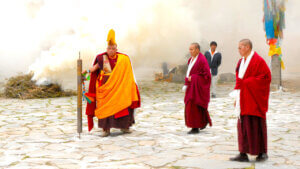
This article discusses the fascinating folklore of death in Japan. For example, there are Japanese Gods of Death that are dark and vengeful, while others are playful and helpful. We discuss also about Japanese traditions that focus on the judgement of souls in the underworld. Next, we focus on different classes of ghosts and spirits, while exploring Japanese urban legends. Last but definitely not least, we discuss Japanese ghost marriages and the significance of bride dolls!
Traditional Japanese beliefs support that every human has a reikon which roughly refers to a spirit or soul. During life reikon is within the human body but after death it exits it. Thereafter, it goes to purgatory where it remains until the appropriate funeral rites are offered to the deceased. Only then may the reikon of a person join the ancestors in the afterlife. If its transition to an ancestral spirit is successful, the reikon functions like a guardian for the family.
That is not the case, though, for people who did not receive appropriate funeral rites upon their death. The same applied to individuals who died in a violent way including murder or suicide. In these cases the reikon of a person would turn into a yūrei. A yūrei is a spirit that is usually linked to feelings of jealousy, sadness or revenge in Japanese folklore. These feelings didn’t have to be particularly intense for the spirit of the dead to turn into a yūrei. For instance, even the most innocent thoughts and intentions could transform the spirit into a yūrei if not prevented in time.
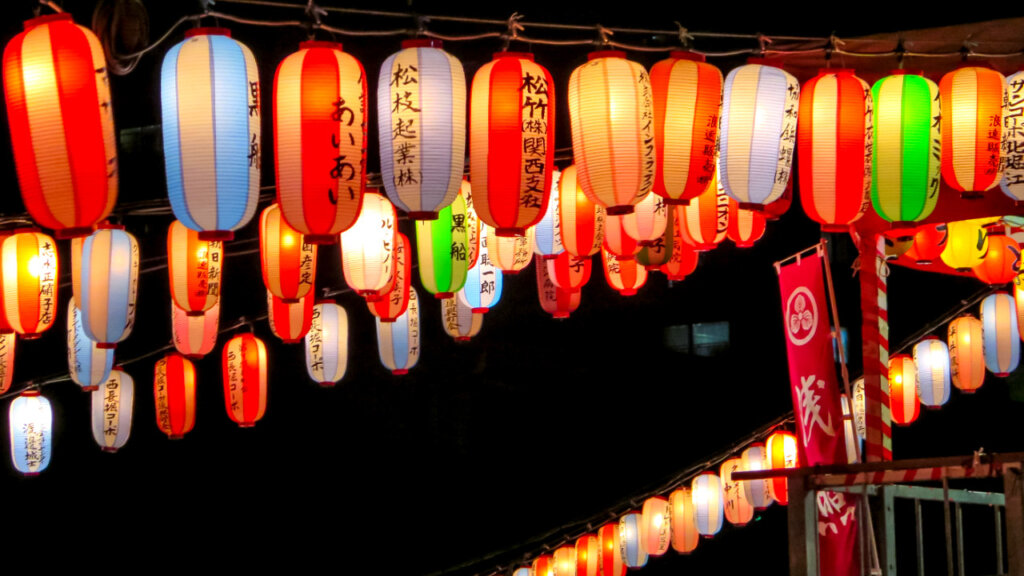
As a result, Japanese traditions highlighted the importance of providing the correct funeral rites. Only then could the family appease the yūrei, letting thus their dead ancestor move on. Additionally, relatives could release a yūrei if they found the source of their distress and resolve the issue. Before we discuss different kinds of Japanese spirits and appeasing techniques, it is worth talking about important figures of Japanese afterlife.
The first significant death figure in Japanese folklore is no other than the gods of death themselves. Shinigami are death spirits or gods that would often possess humans. Shinigami possessions were also responsible for creating intrusive negative thoughts for the possessed which could lead to their death. Additionally, Shinigami may play many different roles in Japanese traditions. For example, according to some customs they are beings of darkness inviting humans to their death; in others they are assisting people. Moreover, there are variations of Shinigami from region to region.
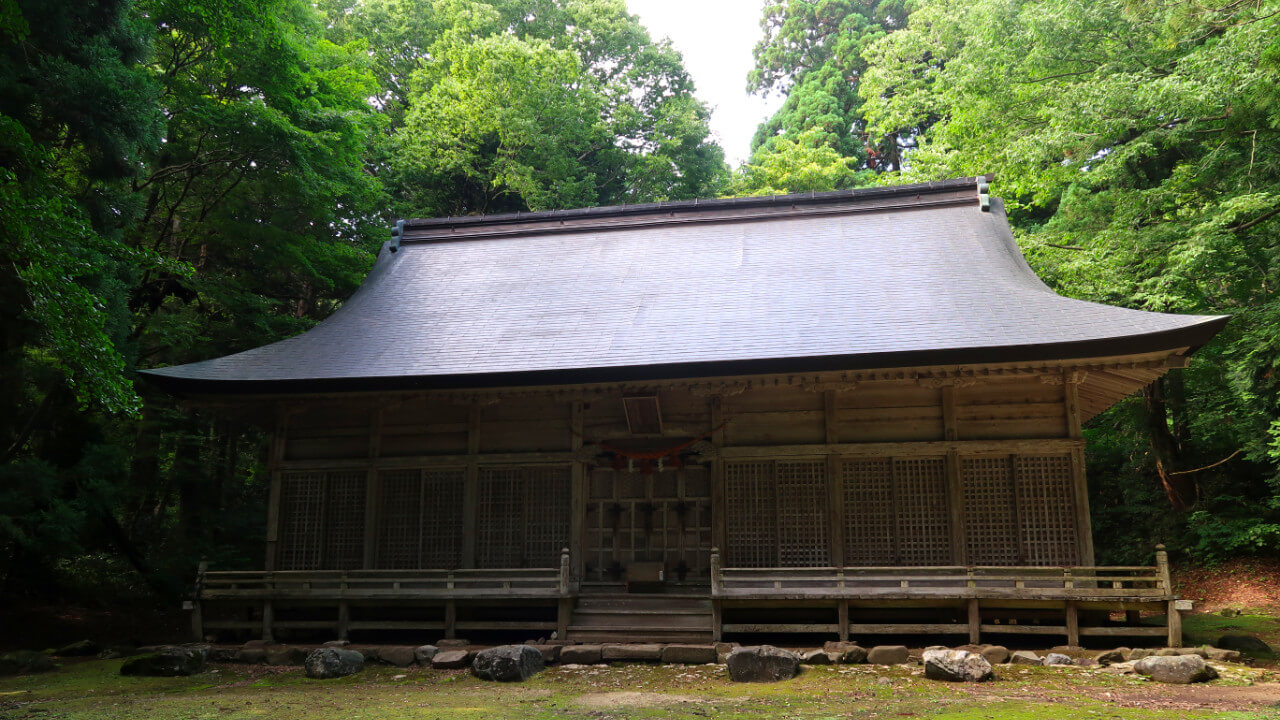
In Hamamatsu, for instance, Shinigami are known to possess people like demons in western traditions. After possessing a person, the Shinigami would force the person to walk to areas where people have previously died. That included rivers, mountains or even railways. The dead of these areas would then experience a so-called death turn. Since there was no other living person left there to die, the souls became trapped in the mortal realm, not able to move on.
In Okayama it is crucial to visit the graves of loved ones only on specific moments during the day. For example, it is part of the Buddhist holiday of Higan to visit the graves of relatives during sunrise and sunset. If a person visited the grave for the first time during sunrise, a Shinigami would immediately possess them. Additionally, if someone visited during sunset, they would also have to visit the same grave at sunrise to, again, avoid being possessed. Shinigami are, though, just the tip of the iceberg when it comes to Japanese death folklore.
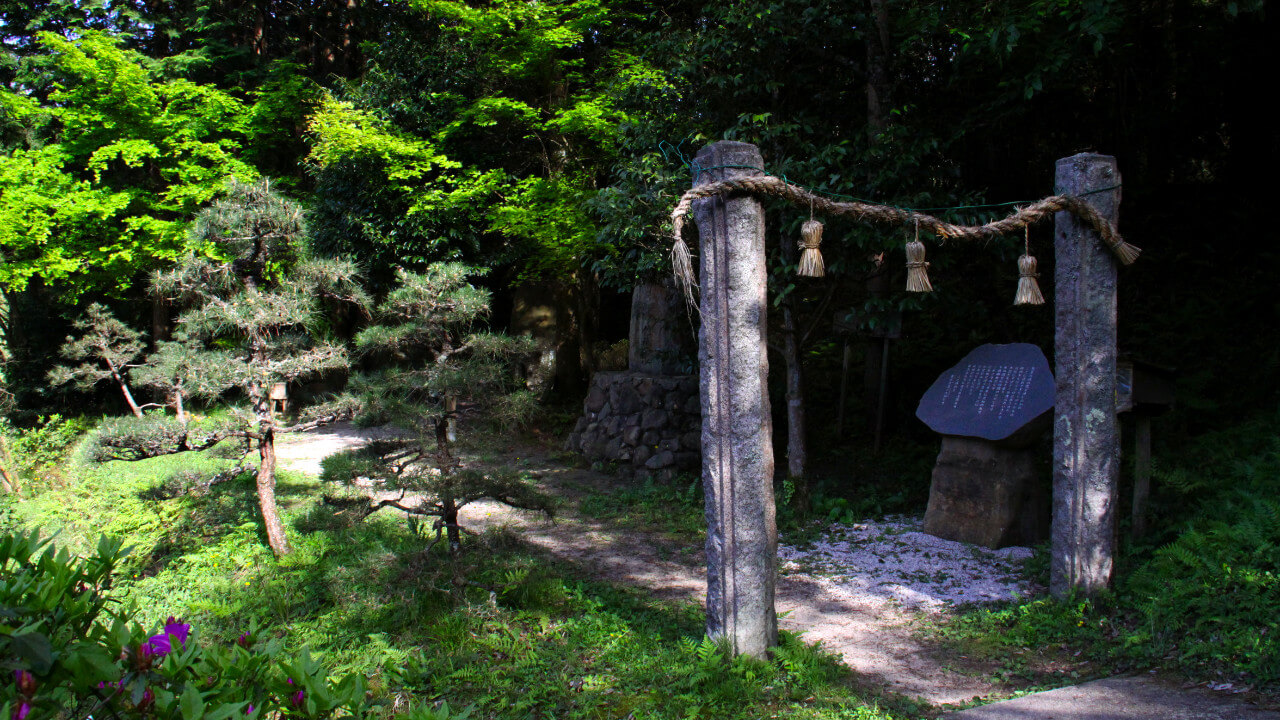
When discussing Japanese folk death beliefs, we have to mention yomi (or yomi-no-kuni) translating to the land of the dead. According to these customs, if a spirit eats even once while in yomi it is impossible to return to life.
In addition to that, the spirits of the deceased access the underworld by crossing the mythical Sanzu River. Japanese folk beliefs support that there are certain creatures by the banks of the river. They play a crucial role in helping or preventing spirits from moving on to the afterlife. The three key figures of these traditions are Keneō, Datsue-ba and Jizō.
Keneō is an Oni, which in Japanese traditions refers to a demon. The name Keneō means old man who hangs clothes. He sits next to the water at the Sanzu River and is usually accompanied by Datsue-ba. Her name also has an interesting meaning: old woman who strips clothes. These two entities have specific duties in the underworld.
Japanese believe that once an adult soul reaches the Sanzu River, they have to cross it. People who lived an honorable, good life could cross the river easily, using a bridge. If they were not great when they were alive, but also not terrible they had to cross the river by stumbling through the shallow waters. However, the real sinners had to swim through the river with all their clothes. In any case, after crossing the river Datsue-ba forces people to take off their clothes. Additionally, Keneō takes these clothes and hangs them from a tree branch. Of course, the more someone had sinned, the wetter they had to get to cross the river. That was also reflected on how the branches of the tree bent.

Keneō and Datsue-ba examined the weight of the clothes and punished the people accordingly. A typical punishment was to tie one’s head to their feet. The worst punishment though, was that of very young children. These children had died too young, before they had the opportunity to accumulate positive or negative deeds. As a result, they could not cross the Sanzu River.
It is especially the old hag Datsue-ba that is cruel to their souls: she pretends to help them by asking them to stack pebbles and stones on top of each other so they can reach heaven. However, not long after, she knocks the tower down so the children’s souls have to start again. It is through the intervention of another divinity that these souls are protected: Jizō. He wears a long robe and allows children to hide in it. This way they don’t have to build stone towers forever. Jizō remains to this day one of the most beloved gods in Japan due to his role as the savior of children. Because of that, Jizō statues are very common, especially in cemeteries. This will not be the last time we will be mentioning Jizō in this article.

Folklore in Japan includes many kinds of ghosts, spirits and similar beings. Next, we discuss three kinds of such spirits: the Yōkai, the Yūrei and the Onryō.
The name yōkai literally means strange apparition but the Western corresponding word would be specter. Interestingly, the yōkai may act in a great variety of ways. For example, many of them could be described as evil while some are more mischievous or playful. There are also friendly yōkai and some that even try to help humans. This is also reflected on the two kanji that are used to create the word: one means attractive or calamity, while the second translates to suspicious or apparition.
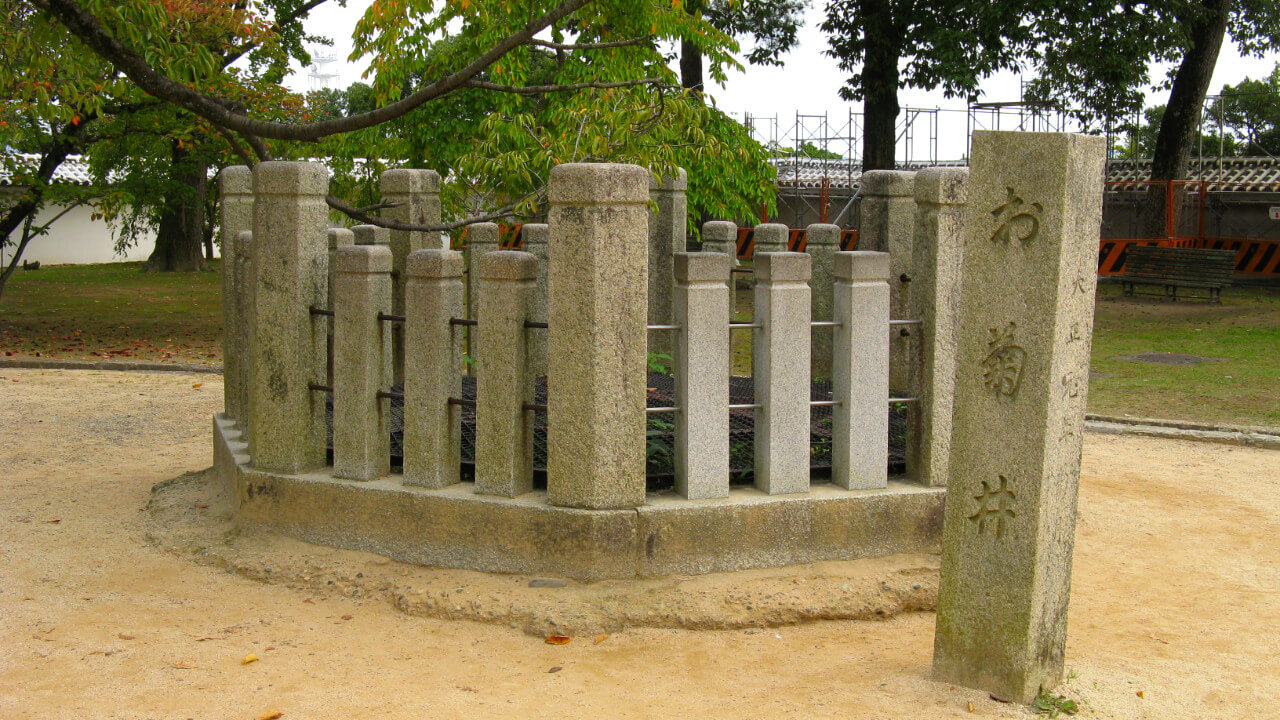
We have already mentioned yūrei before as the Japanese equivalent of a ghost or a tormented soul. Yūrei became popular also in various forms of art, especially kabuki theater and paintings. Nowadays, most Japanese would picture a similar image if they were asked to describe a yūrei.
Firstly, most of these ghosts are wearing white clothes. That is also perhaps a nod to the white kimonos used for burials during the Edo period. This should not come as a surprise since according to Shinto traditions white is often related to purity and used for the dead. Secondly, most yūrei also have very long, black hair. Traditionally, many women in Japan grew their hair long but only let it down during funerals.
Moreover, there are some even more characteristic attributes of a yūrei. For instance, yūrei don’t have legs but instead they are floating above the ground. In addition to that, their hands seem lifeless while their elbows are always close to their body. Finally, there are often ghostly small balls of fire floating around a yūrei. These are called hitodama and usually come in bright, unnatural colors such as blue or green.

The word onryō directly translates to vengeful spirit. As the name indicates, it is a ghost that unleashes its wrath on the living in order to avenge wrong-doings. Onryō in Japanese folklore can be very powerful yūrei that can even cause natural disasters. They could also seriously or mortally injure people. We next discuss famous examples of three onryō in contemporary Japan: Aka Manto, Hanako-san and Teke Teke.
The Red Cape – Aka Manto in Japanese is a public toilet haunting. You read correctly, Aka Manto is a spirit that haunts public toilets. It is considered an urban legend by the vast majority of Japanese. According to it, the spirit asks the person using the toilet if they prefer red or blue toilet paper. If the occupant of the toilet answers either way the spirit will attack them. The only way out is to refuse any toilet paper from Aka Manto or ignore the question.
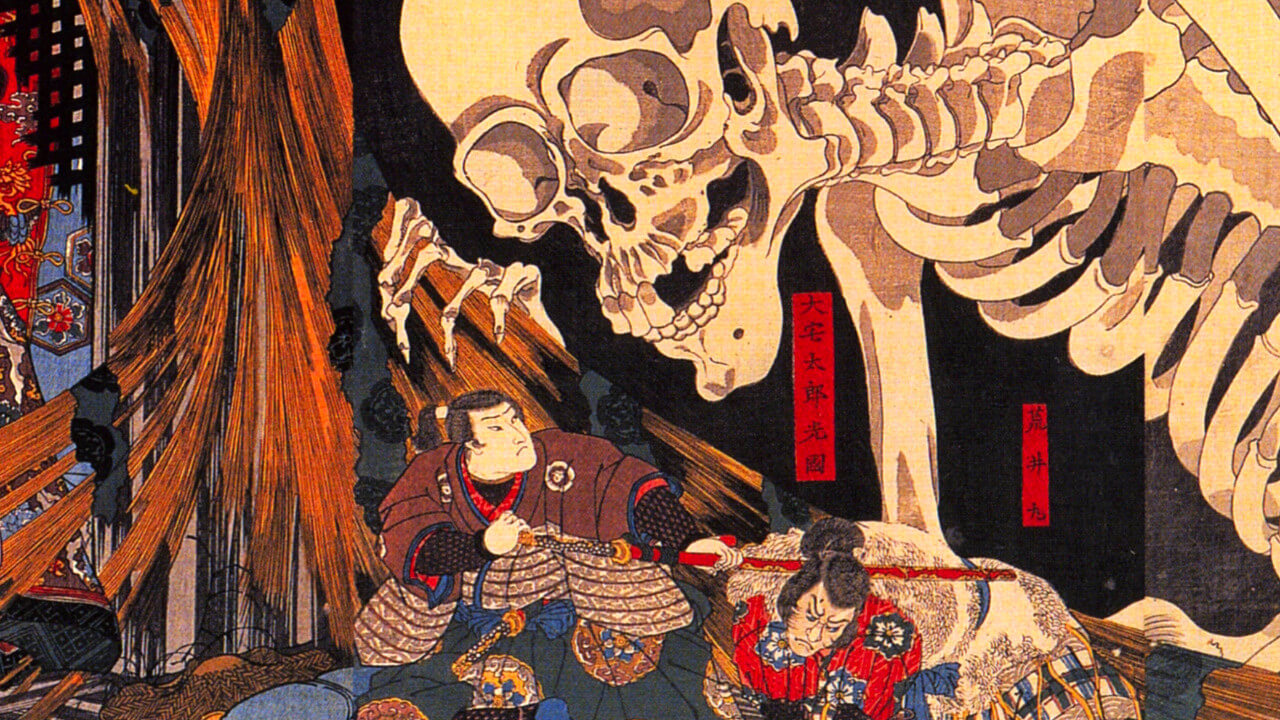
Yet another public toilet spirit is Hanako-san. Moreover, modern death legends in Japan support that Hanako-san haunts exclusively school toilets. Therefore her origin story is connected to such a location. Specifically, the most accepted version of Hanako-san’s background suggests that she was a young girl during World War II. Then during one aerial raid, she was playing hide-and-seek with her friends but ended up dying in the bathroom stalls. Alternatively, folk beliefs see her as a victim of murder or suicide, again next to or in a bathroom stall. These beliefs also suggest that the spirit of Hanako-san also might attack students in school toilets.
The final example of an onryō is Teke Teke. She was a schoolgirl who was cut in half. As a result she walks on her hands or drags herself around making scratching noises. This has earned her the name of Teke Teke! If Teke Teke encounters a living persons, she will try to hunt them down and murder them in a similar fashion to her own death.
Ghost marriages are present in multiple cultures and parts of the world, from Sudanese ethnic groups to Ancient Greece. However, ghost marriages in Japan took a different form by using dolls. In other words, ghost marriages usually occur between a living person and the spirit of the deceased. Japanese customs dictate that the ghost of the deceased is married to a doll instead.
These dolls are usually referred to as bride dolls but there are also groom dolls to satisfy any spirit. Interestingly, bride dolls are available both in temples but also in normal department stores! Their prices vary from 10.000 to 40.000 yen (roughly 100 to 400 USD). Both a groom and a bride doll are present during the ghost marriage, since one is the placeholder of the deceased’s ghost and the other one is the spirit of the partner.
After the wedding ceremony, both the bride doll and a photo of the deceased are sealed in an enshrined case. This remains sealed for 30 years since this is the time necessary for the soul to be reborn. After the soul of the deceased is reborn the spirit bride – and the actual bride doll, are not required. Relatives usually then cremate the doll or free it in the ocean. Finally there is a fascinating belief that around 15 years after the wedding, the bride doll starts to look a bit like the deceased. However, by the end of the 30 years mentioned above, the doll reverts back to its more generic form.Relatives usually then cremate the doll or free it in the ocean. Finally there is a fascinating belief that around 15 years after the wedding, the bride doll starts to look a bit like the deceased. However, by the end of the 30 years mentioned above, the doll reverts back to its more generic form.
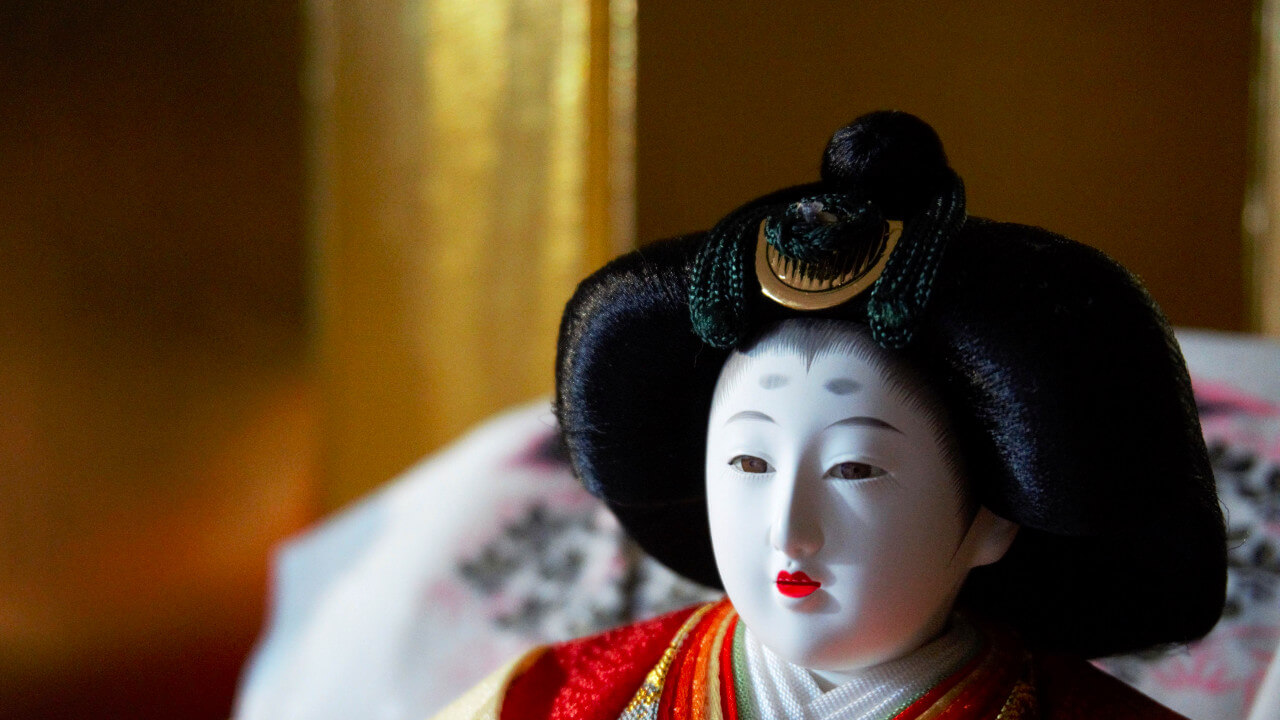
Ghost marriages are actually relatively new in Japan. Researchers have also indicated that these types of ghost marriages were documented in Japan only after the annexation of Ryiikyii islands (1872). Japanese ghost marriages before that usually took place between a living person and a ghost. These also focused on financial compensation for the living partner. Additionally, older Japanese beliefs suggested that if the deceased becomes too attached to the living partner, they may lead them to an early death. As a result, this compensation had actually an even bigger significance for the living partner.
It was actually mostly in the 1930s that using bride dolls started becoming more widespread. That was also a result of certain wars that killed many men. Instead of having to find as many living women, the Japanese used bride dolls. These brides were actually spirits originating to a beloved divinity we discussed above: Jizō.
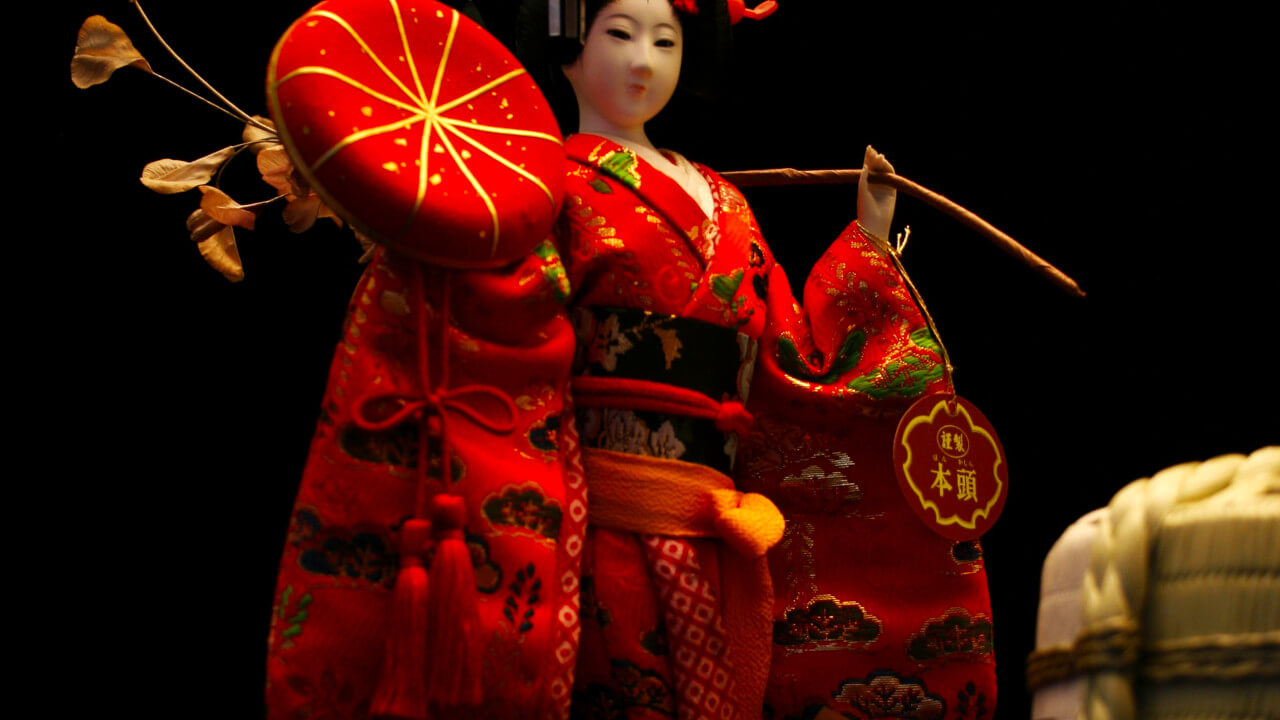
Bride dolls also have a beneficial effect on the soul of the deceased. For instance the dolls (and the spirits within) provide company to the dead. This also soothes any negative feelings the deceased may have harbored. As a result the ghost isn’t turning into a vengeful spirit. In this manner, bride dolls are believed to be helpful to the whole community since vengeful ghosts can cause issues for the living. Moreover, a wedded deceased will be able to achieve buddhahood easier.
In similar respect, bride dolls allow for the deceased to reach adulthood, something usually linked to being wedded. Additionally, the deceased can then become ancestors. As a result, many doll marriages are actually performed for deceased children or fetuses since they will not be able to become adults otherwise.
Finally, researchers have indicated that doll marriages don’t only take place for the dead but for the living too. Specifically, they offer a tangible way of grieving to close relatives. And additionally, they give them the opportunity to interact with their deceased through the wedding ceremonies. After all, by still being able to help the soul of their dead, the Japanese are coping with their own grief too.
We hope you learned something new regarding this country’s death practices!
If you would like to know more neighboring Asian countries, feel free to check out our China or South Korea articles! In case you want know more about Japanese funeral practices, feel free to have a look at our article suicides & Shinto funerals!